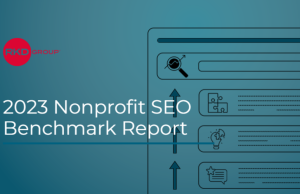Artificial Intelligence (AI) still has a way to go to make it into the mainstream for nonprofits, according results of a new survey.
Some 15 percent of respondents at nonprofits report using AI in their advancement efforts but almost three-quarters of those surveyed said they’re still in the research phase or have no plans for the technology. That’s despite 89 percent of respondents agreeing that AI will make their advancement team more efficient.
“The State of AI In Advancement Report,” a 27-page survey released by the AI In Advancement Advisory Council (AAAC), polled 210 advancement professionals, completing the survey this past spring. The report was conducted by the AAAC using a quantitative online survey methodology. This first report aims to be a benchmark on the state of AI in the industry, with the intention to update it annually.
The 16-member AAAC was established last fall by Boston, Mass.-based AI fundraising firm, Gravyty.
About two in five nonprofits (42 percent) report researching AI but less than a third (28 percent) said that AI is either deployed, in the implementation phase, or experimental.
Responsibility for rolling out AI at an organization can vary. Just short of one-third of those surveyed (32 percent) said it was the executive director of advancement services while a quarter (25 percent) said it resides with the executive vice president, senior vice president or vice president in charge of advancement. However, 18 percent of those surveyed said it was the responsibility of the chief information officer or chief operating officer, and 13 percent said it was the executive director of fundraising. About 1 in 8 (12 percent) reported that it was the responsibility of the CEO or president.
“Recent trends in purchasing make technology decisions more approachable by non-IT roles, so it is not surprising to see a diverse set of responses,” according to the report.
The majority of respondents came from large organizations (32 percent), those with annual operating budgets between $10 million and $50 million, or “economic engine or power house” nonprofits (30 percent), those reporting annual budgets of more than $50 million. Only 4 percent of respondents were from “grassroots” organizations and 17 percent from “mid-size” or “small nonprofits.”










